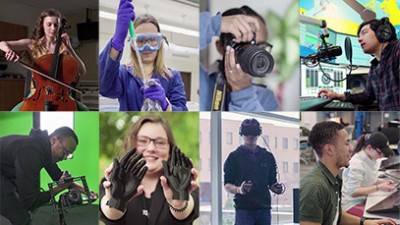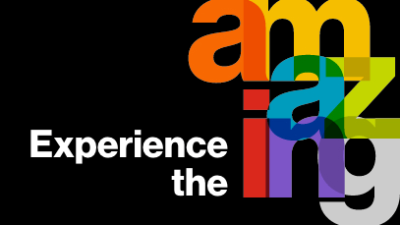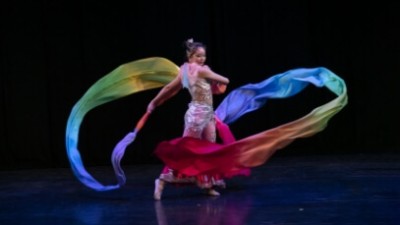Photo Spotlights
- RIT/
- University News
-
September 2, 2009
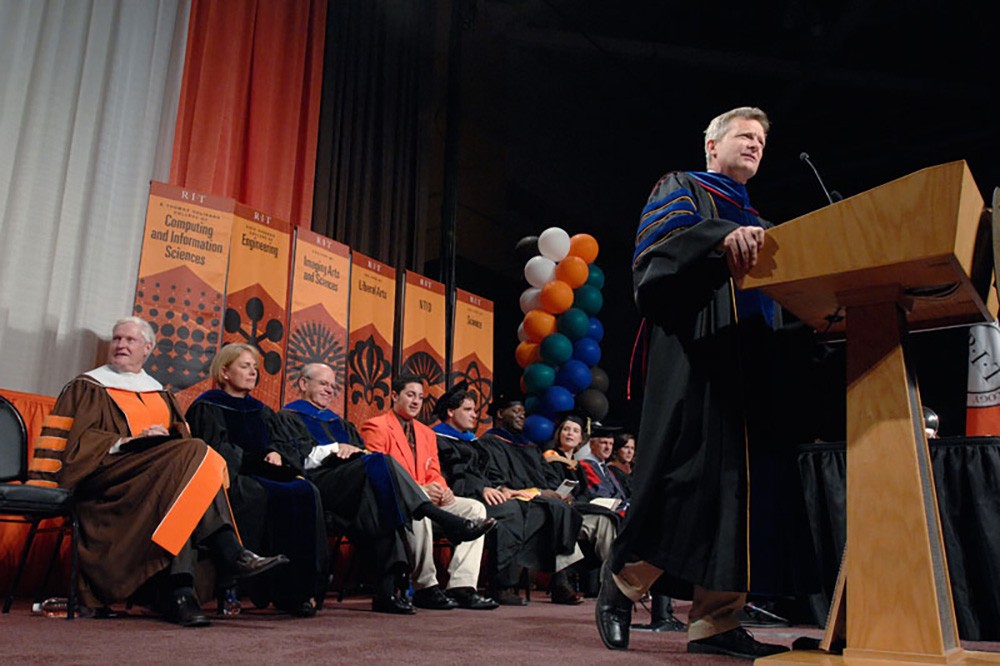 1
The Convocation for New Students and Families was held Aug. 31 in Gordon Field House and Activities Center. At the podium is Jeremy Haefner, provost and senior vice president for academic affairs. Seated behind him, from left, are President Bill Destler; Mary-Beth Cooper, vice president for student affairs; James Miller, senior vice president for enrollment management and career services; Student Government President Matt Danna; Joseph Fornieri, associate professor of political science; and Howard Ward, assistant vice president for housing operations and interim chief diversity officer.
1
The Convocation for New Students and Families was held Aug. 31 in Gordon Field House and Activities Center. At the podium is Jeremy Haefner, provost and senior vice president for academic affairs. Seated behind him, from left, are President Bill Destler; Mary-Beth Cooper, vice president for student affairs; James Miller, senior vice president for enrollment management and career services; Student Government President Matt Danna; Joseph Fornieri, associate professor of political science; and Howard Ward, assistant vice president for housing operations and interim chief diversity officer. -
September 1, 2009
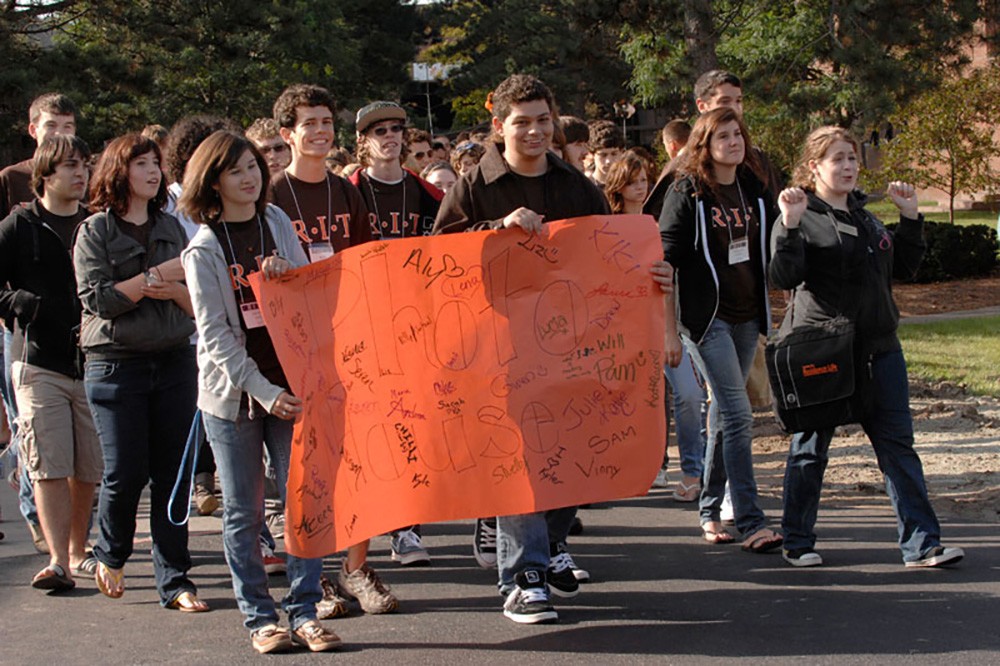 1
An estimated 2,650 freshmen participated in orientation activities, including the traditional Tiger Walk on Aug. 31, where students were welcomed by faculty and staff.
1
An estimated 2,650 freshmen participated in orientation activities, including the traditional Tiger Walk on Aug. 31, where students were welcomed by faculty and staff. -
August 31, 2009
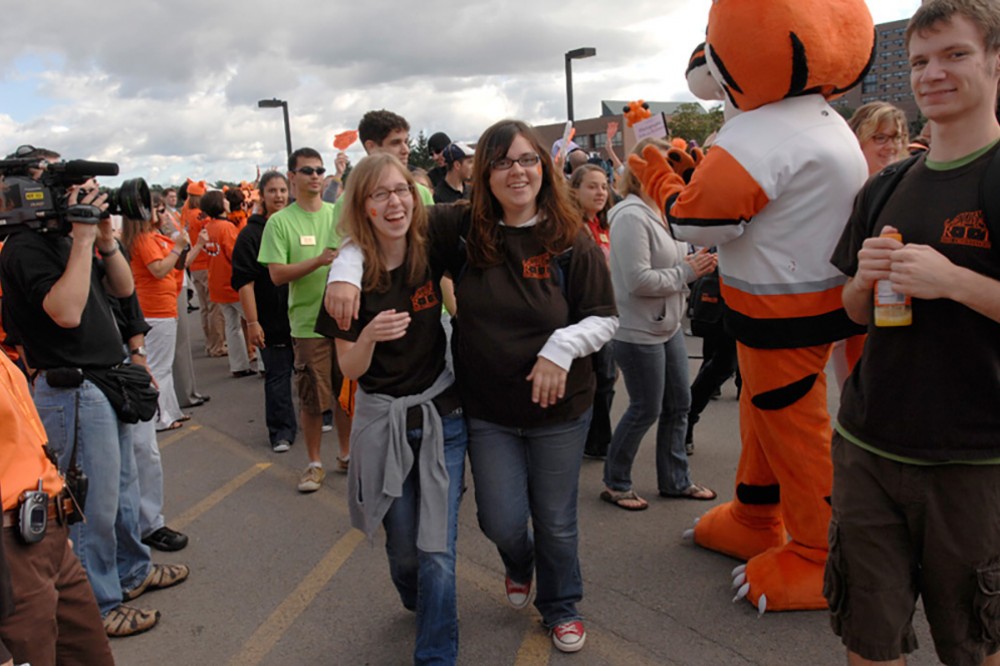 1
An estimated 2,650 freshmen participated in orientation activities, including the traditional Tiger Walk on Aug. 31, where students were welcomed by faculty and staff.
1
An estimated 2,650 freshmen participated in orientation activities, including the traditional Tiger Walk on Aug. 31, where students were welcomed by faculty and staff. -
August 29, 2009
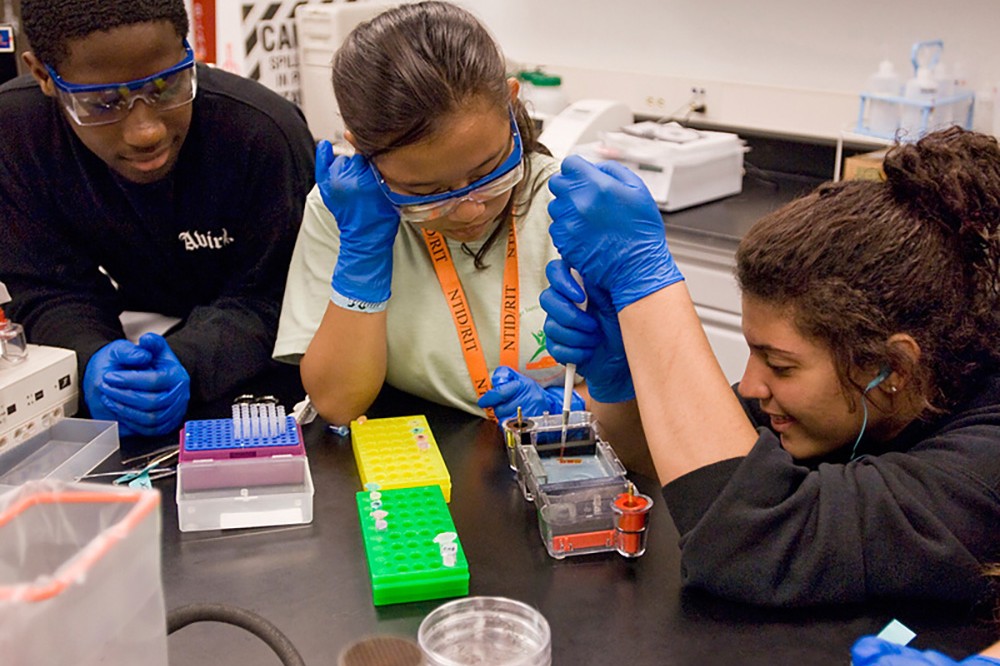 1
Deaf and hard-of-hearing students from around the country visited NTID for Steps to Success, a hands-on learning experience offering African-American, Latino and Native American students the opportunity to learn about careers in math, science and technology. Here, students are analyzing hair samples in a forensics workshop, âThe Real CSI: The Actual Science That You Donât See on TV.â
1
Deaf and hard-of-hearing students from around the country visited NTID for Steps to Success, a hands-on learning experience offering African-American, Latino and Native American students the opportunity to learn about careers in math, science and technology. Here, students are analyzing hair samples in a forensics workshop, âThe Real CSI: The Actual Science That You Donât See on TV.â -
August 24, 2009
 1
Artesano Bakery & Café opens this week in the front corner of the former location of the RIT bookstore in the Student Alumni Union. The café will feature Peets coffee and beverages, pastries, paninis, breads and more. The space is decorated with vintage art from the RIT community.
1
Artesano Bakery & Café opens this week in the front corner of the former location of the RIT bookstore in the Student Alumni Union. The café will feature Peets coffee and beverages, pastries, paninis, breads and more. The space is decorated with vintage art from the RIT community. -
August 21, 2009
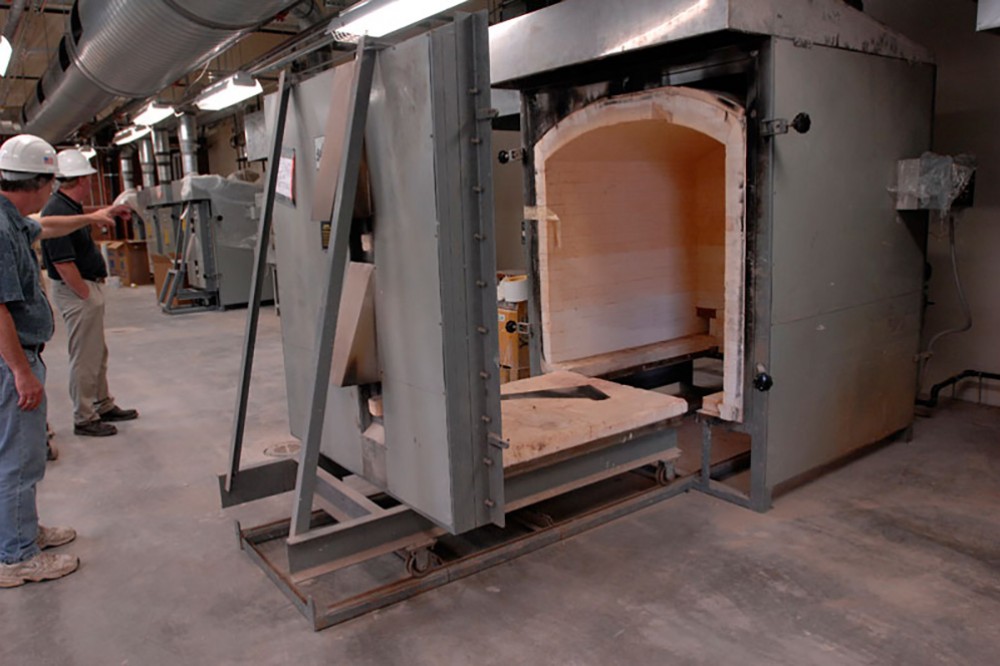 1
Construction is almost complete on the new School for American Crafts facility. Expanded studio spaces for the ceramics, glass and metals program are replacing Craft Village. The renovated 13,000-square-foot area includes existing space in the James E. Booth Building and a new addition on the buildingâs westside. As part of the renovations, there is a work-yard area that students can use for iron pours, welding and raku firing.
1
Construction is almost complete on the new School for American Crafts facility. Expanded studio spaces for the ceramics, glass and metals program are replacing Craft Village. The renovated 13,000-square-foot area includes existing space in the James E. Booth Building and a new addition on the buildingâs westside. As part of the renovations, there is a work-yard area that students can use for iron pours, welding and raku firing. -
August 17, 2009
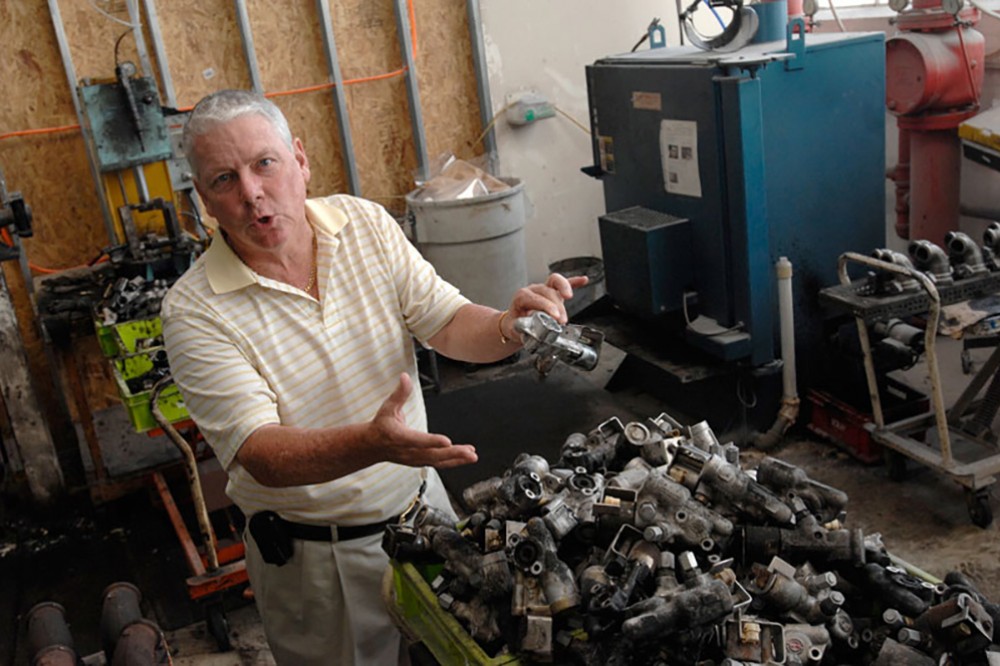 1
Tom Mayberry, owner of QES Solutions, reviews a manufacturing process at the companyâs Lyell Avenue facility in Rochester. QES worked with RITâs Center for Integrated Manufacturing Studies to redesign its production operations to increase efficiency and reduce the use of solvents that negatively impact the environment.
1
Tom Mayberry, owner of QES Solutions, reviews a manufacturing process at the companyâs Lyell Avenue facility in Rochester. QES worked with RITâs Center for Integrated Manufacturing Studies to redesign its production operations to increase efficiency and reduce the use of solvents that negatively impact the environment. -
August 13, 2009
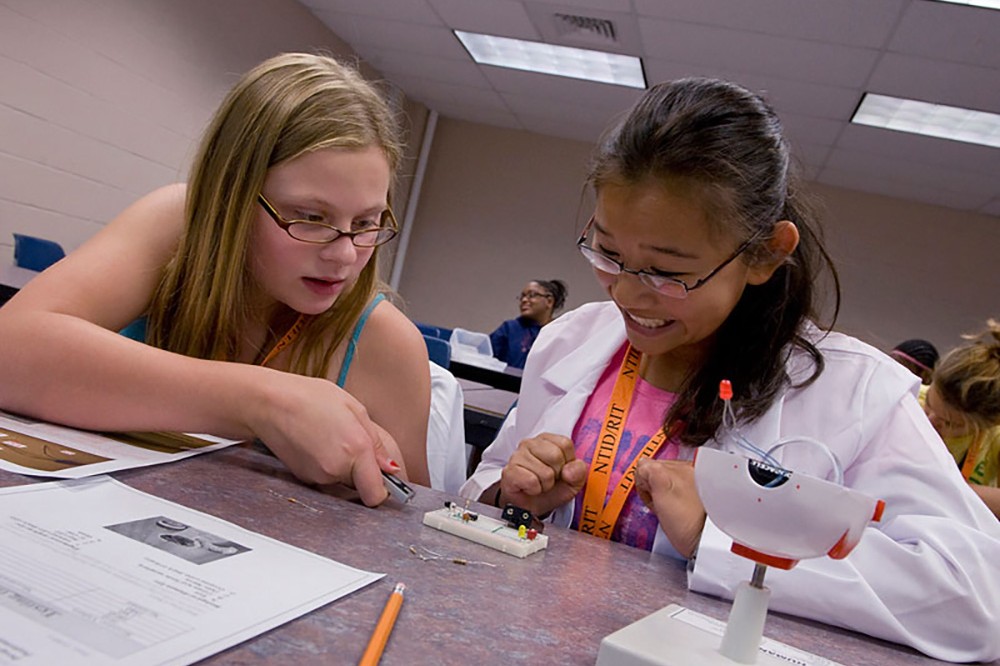 1
More than 30 middle school girls who are deaf or hard of hearing attended the weeklong TechGirlz program at NTID. The program, in its fourth year, is aimed at encouraging girls to pursue interests in science, technology, engineering and math fields by giving them several hands-on classroom activities to enjoy, such as this in a bioengineering class.
1
More than 30 middle school girls who are deaf or hard of hearing attended the weeklong TechGirlz program at NTID. The program, in its fourth year, is aimed at encouraging girls to pursue interests in science, technology, engineering and math fields by giving them several hands-on classroom activities to enjoy, such as this in a bioengineering class. -
August 11, 2009
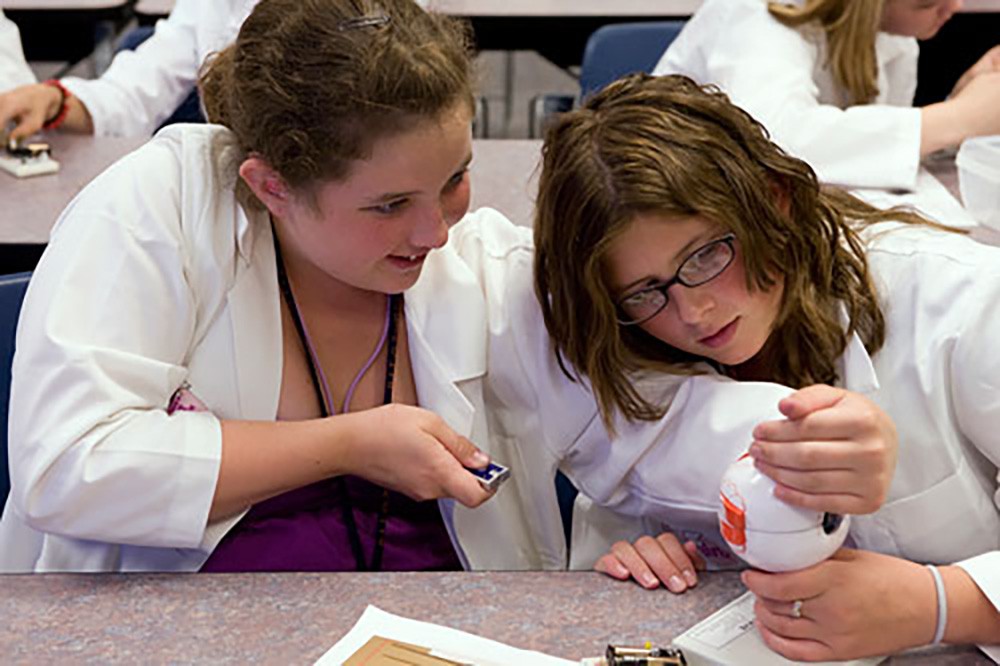 1
More than 30 middle school girls who are deaf or hard of hearing attended the weeklong TechGirlz program at NTID. The program, in its fourth year, is aimed at encouraging girls to pursue interests in science, technology, engineering and math fields by giving them several hands-on classroom activities to enjoy, such as this in a bioengineering class.
1
More than 30 middle school girls who are deaf or hard of hearing attended the weeklong TechGirlz program at NTID. The program, in its fourth year, is aimed at encouraging girls to pursue interests in science, technology, engineering and math fields by giving them several hands-on classroom activities to enjoy, such as this in a bioengineering class. -
August 8, 2009
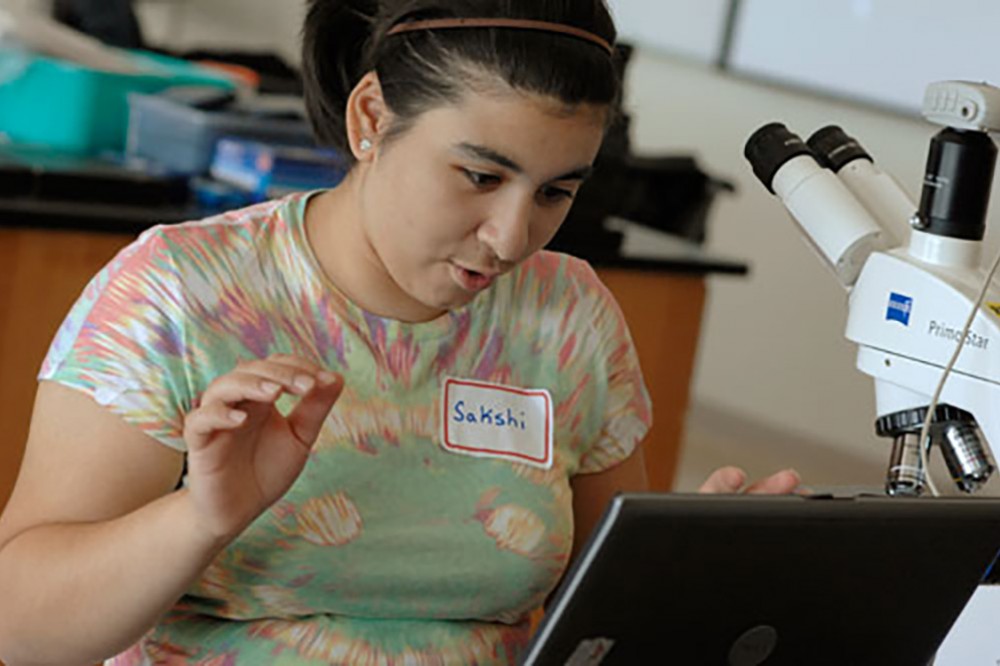 1
High school students interested in careers in the health professions are learning basic diagnostic and medical laboratory techniques this week during the Medical Science Camp held at RITâs Center for Bioscience Education and Technology. Students will have the chance to talk to practitioners about opportunities in a variety of medical fields. The camp is part of the centerâs Summer Bioscience Exploration series.
1
High school students interested in careers in the health professions are learning basic diagnostic and medical laboratory techniques this week during the Medical Science Camp held at RITâs Center for Bioscience Education and Technology. Students will have the chance to talk to practitioners about opportunities in a variety of medical fields. The camp is part of the centerâs Summer Bioscience Exploration series. -
August 4, 2009
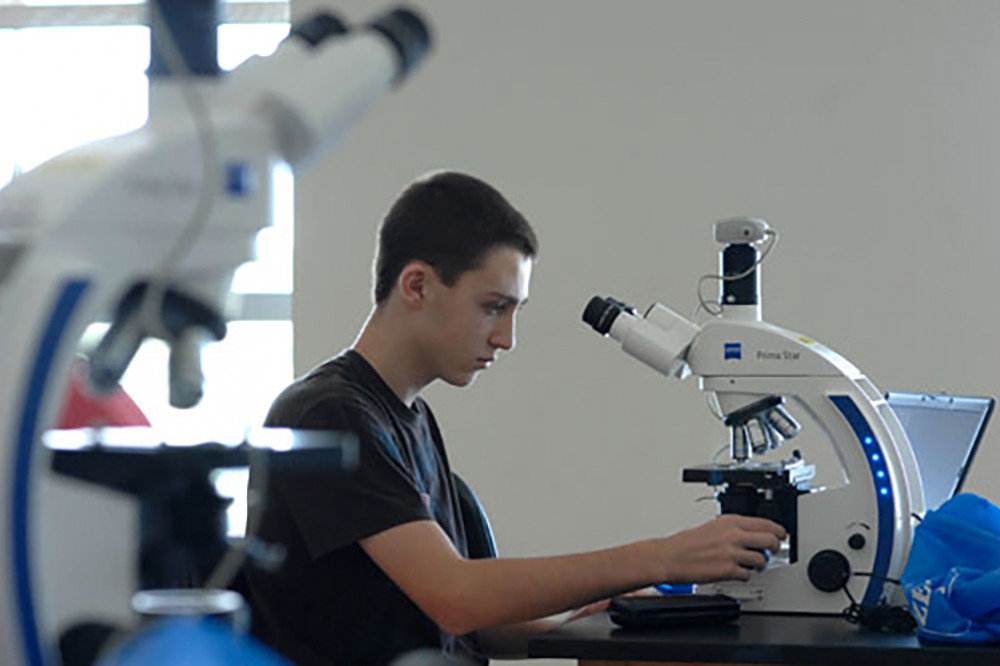 1
High school students interested in careers in the health professions are learning basic diagnostic and medical laboratory techniques this week during the Medical Science Camp held at RITâs Center for Bioscience Education and Technology. Students will have the chance to talk to practitioners about opportunities in a variety of medical fields. The camp is part of the centerâs Summer Bioscience Exploration series.
1
High school students interested in careers in the health professions are learning basic diagnostic and medical laboratory techniques this week during the Medical Science Camp held at RITâs Center for Bioscience Education and Technology. Students will have the chance to talk to practitioners about opportunities in a variety of medical fields. The camp is part of the centerâs Summer Bioscience Exploration series. -
July 31, 2009
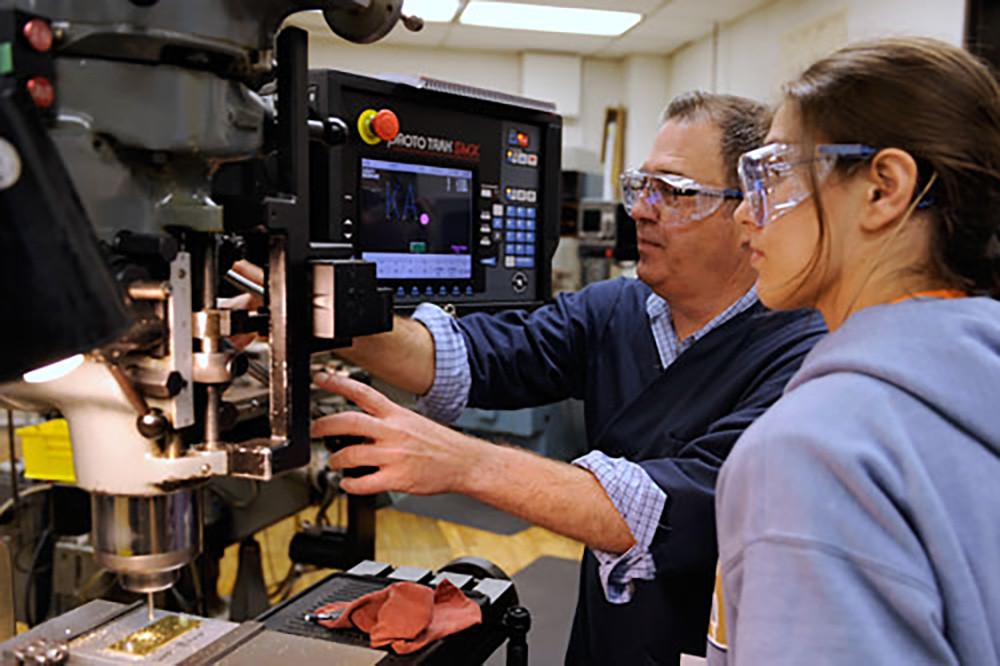 1
During NTIDâs Explore Your Future Program, faculty and college-bound high school sophomores and juniors with hearing loss work together during hands-on activities such as programming a vertical milling machine to cut shapes out of metal (above) or other projects related to careers in engineering, art, business, computers, science and more. Students from across the country take advantage of this six-day program to experience life on a college campus, explore their interests and learn about career options after high school. This year, Explore Your Future celebrates its 25th anniversary and the thousands of students who have participated on the RIT campus.
1
During NTIDâs Explore Your Future Program, faculty and college-bound high school sophomores and juniors with hearing loss work together during hands-on activities such as programming a vertical milling machine to cut shapes out of metal (above) or other projects related to careers in engineering, art, business, computers, science and more. Students from across the country take advantage of this six-day program to experience life on a college campus, explore their interests and learn about career options after high school. This year, Explore Your Future celebrates its 25th anniversary and the thousands of students who have participated on the RIT campus.

